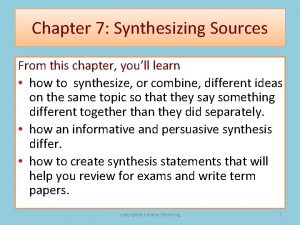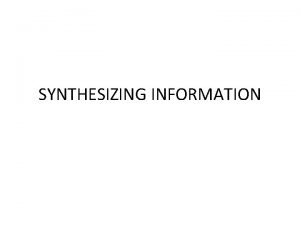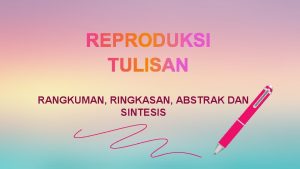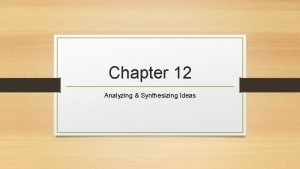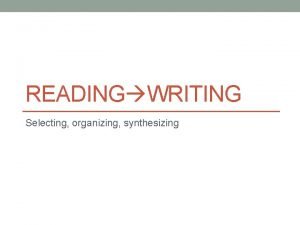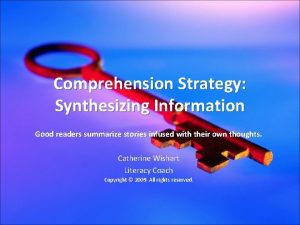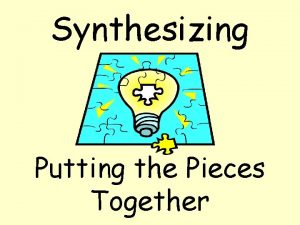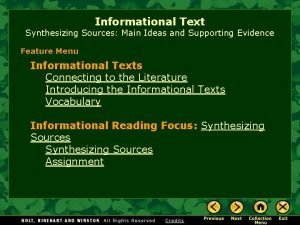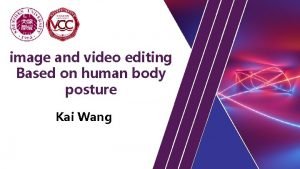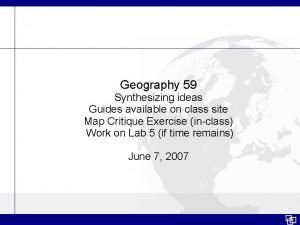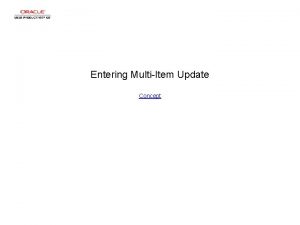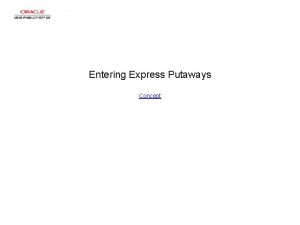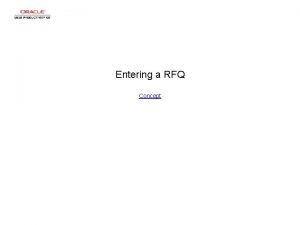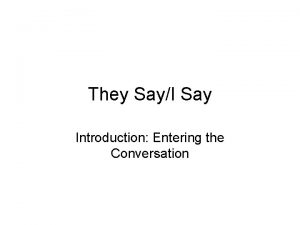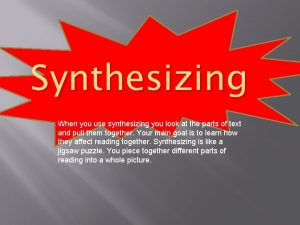Synthesizing Sources Entering the Conversation Chapter 3 Why


















- Slides: 18

Synthesizing Sources: Entering the Conversation, Chapter 3

Why does this skill even matter n Well, you have been and will continue to synthesize information for the rest of your life, and the more refined your ability the persuasive (and generally smarter) you will be. n Synthesis Video!

How You’ll Spend Your Time n 15 minutes to read annotate your prompt and sources n n During that time you should n Decide your position on the issue n Decide which three (3) sources you want to use n Write a very rough thesis n Annotate your text and find your quotes 40 minutes to plan and draft your essay n During that time you should n Plan your ARGUMENTATIVE essay using six part oration or 5 paragraph essay (regardless of which model you use you MUST plan a refutation n Write your essay incorporating QUOTES from three (3) of your sources to back up your thinking OR to argue against the sources thinking

Reading and Planning n As you read, place check marks by pieces of evidence (quotes from the texts) that you could to support your opinion n Place minuses by pieces of evidence (quotes from the texts) that you could use in your refutation (to argue against and disprove) n Skim read all of the sources (you only have 15 minutes) n Then choose three sources (hopefully not A, B, C) and look at those sources in greater detail

You Are in Control "Words — so innocent and powerless as they are, as standing in a dictionary, how potent for good and evil they become in the hands of one who knows how to combine them. ” — Nathaniel Hawthorne (1804 -1864).

An Informed Opinion n Research into sources lets you enter the conversation that society is having about your topic. n By creating a new essay you are (whether you realize it or not entering that worldly conversation) so you want to appear informed n An informed opinion considers multiple perspectives and possibilities.

Types of Support n You should use many types of information to support your argument. (Both from the packet and from your worldly reading) n Details and examples. n You MUST use three of your provided sources n You should also bring in evidence from your own brain (just like with argument

Types of Support n Anecdote: a brief story illustrating a point n Facts: information that is verifiable through general sources n Quantitative Data: statistical information. You should cite your sources n Expert Testimony: quote an expert by summarizing or paraphrasing their words n All of these types of support may be found in your sources or in your own brain AS LONG AS YOU incorporate three of your written sources

Citing and Documenting n Using anecdotes, facts, statistics and experts is one way to appeal to logos. n Documenting and citing your sources establishes your ethos. n You must cite your sources. The rising cost of homes will “soon make homeownership an impossibility” for many working families. (Source A)

Sources enhance not replace your n Should argument; n Should inform, support, illustrate your ideas; n Demonstrate your understanding of world view n Illustrate your understanding of at least one opposing viewpoint (refutation)

Your Position n Is central n Your sources are your wingmen

The Synthesis Essay n Your goal is use sources to support and illustrate your own ideas; n And to establish your credibility as a member of the academic community.

A Reasoned Voice n To engage your audience, present your position as reasonable and valuable; n In a voice that is reasoned, sincere, informed; n And all of the rhetorical devices at your disposal n Using classic appeals to ethos, logos and pathos.

A Written Argument n READERS ARE STUBBORN! n Is not likely to change the view of the reader, radically or immediately…. n That’s why it’s important to give them food-forthought in your conclusion OR a call-to-action in your conclusion

A Compelling Argument n Will leave the reader thinking, questioning, considering, reconsidering.

Formulating Your Position n Take stock of the issues. What questions come up in reading the sources? n With questions in mind, begin formulating your thesis statement. n Your thesis statement (claim) captures your position on the topic.

Incorporating Sources n Don’t simply summarize or paraphrase a series of texts. n Cite sources by paraphrasing or quoting directly in the service of your own argument. n Give credit where credit is due. If it’s someone else’s idea, cite it. n Rely on your excellent brain! YOU ARE VERY SMART AND CAN DO THIS!!! <3

Work Cited Shea, Renee, Lawrence Scanlon, and Robin Aufses. The Language of Composition. 1 st ed. NY: Bedford/St. Martin’s, 2008. 61 -85. Print.
 Dot quiz
Dot quiz Andreas carlsson bye bye bye
Andreas carlsson bye bye bye Congratulations is an expression of
Congratulations is an expression of Print sources of information
Print sources of information The importance of water resources
The importance of water resources Synthesizing texts
Synthesizing texts Synthesizing information
Synthesizing information Jelaskan perbedaan ringkasan, abstrak, dan sintesis!
Jelaskan perbedaan ringkasan, abstrak, dan sintesis! Howard gardner five minds for the future
Howard gardner five minds for the future Inquizitive synthesizing ideas
Inquizitive synthesizing ideas Race writing method
Race writing method Synthesizing information allows a reader to
Synthesizing information allows a reader to Putting the puzzle together main idea
Putting the puzzle together main idea Synthesizing ideas in an informational text
Synthesizing ideas in an informational text Synthesizing images of humans in unseen poses
Synthesizing images of humans in unseen poses Flow map
Flow map Don't ask why why why
Don't ask why why why Gotowebnar
Gotowebnar Importance of sanitation
Importance of sanitation
